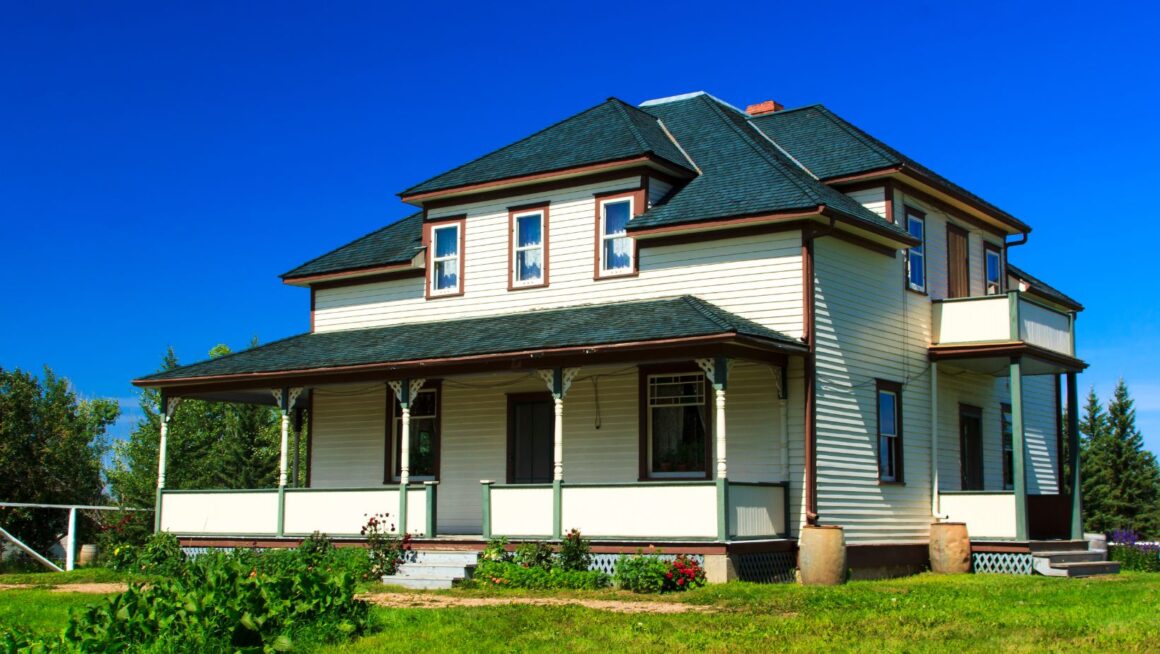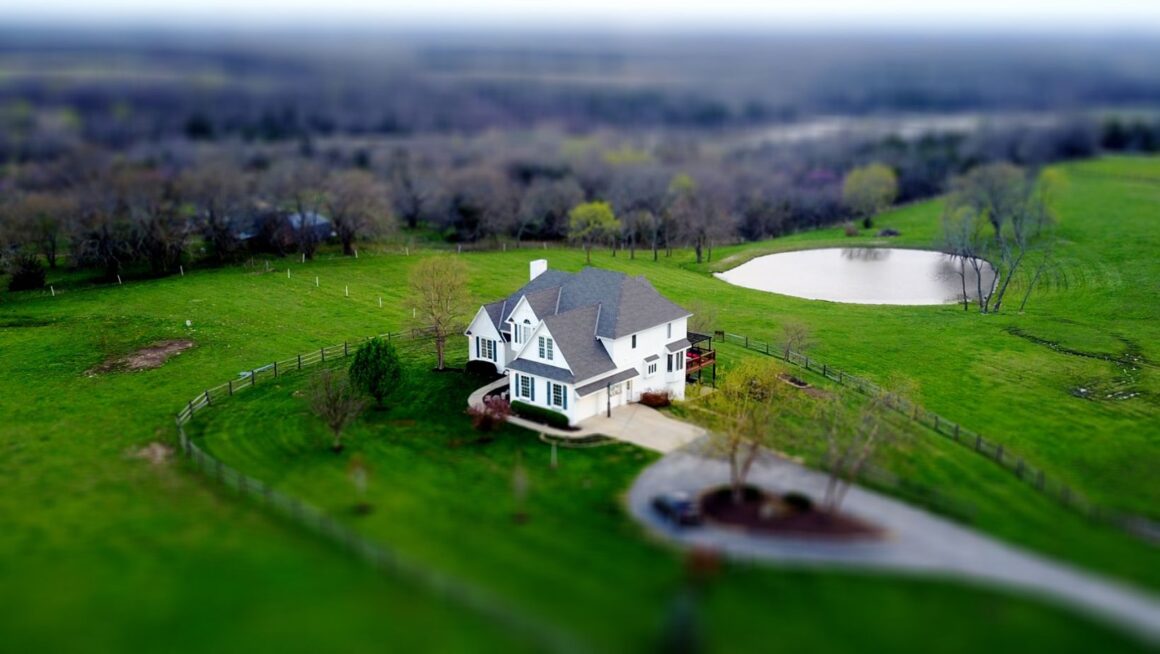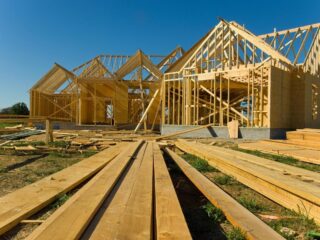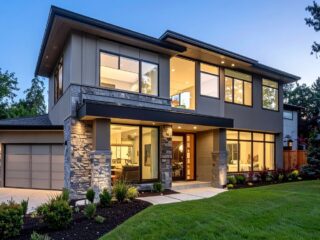
Building a farmhouse represents more than just constructing another home; it’s about creating a functional dwelling that harmonizes with rural life and agricultural needs. Whether you’re planning to raise livestock, grow crops, or simply embrace country living, these five critical considerations will ensure your farmhouse project succeeds from foundation to finish.
Location and Land Assessment
The foundation of any successful farmhouse begins with understanding your property’s unique characteristics and limitations. Soil composition plays a crucial role in determining not only where you can build but also what type of foundation system will work best.
Clay soils may require specialized drainage solutions, while sandy soils might need additional stabilization for heavy structures. Additionally, topography affects everything from natural drainage patterns to wind exposure, both of which directly impact your home’s long-term durability and energy efficiency.

Consider the proximity to existing roads and access routes, as you’ll need reliable year-round access for construction equipment, deliveries, and emergency services. The orientation of your farmhouse should maximize natural light while minimizing exposure to harsh seasonal weather patterns. This strategic positioning can significantly reduce heating and cooling costs while creating more comfortable living spaces.
Utility Infrastructure and Costs
Rural construction often means dealing with significant utility challenges that urban builders rarely encounter. Installing septic systems and wells can cost $6,500 each on average, though costs vary widely based on depth requirements and soil conditions. Running electricity from main lines to your property typically ranges from $2,500 to $12,500 depending on distance, with longer runs requiring substantial upfront investment.
Water quality testing becomes essential when installing private wells, as agricultural runoff or natural mineral content may require additional filtration systems. Septic system regulations vary significantly by county and state, with some areas requiring advanced treatment systems that can cost substantially more than conventional options.
When evaluating properties, especially farms for sale in Ocala FL or similar agricultural areas, factor these utility installation costs into your overall budget planning. Internet and telecommunications infrastructure in rural areas may require satellite or fixed wireless solutions rather than traditional cable connections, affecting both installation costs and ongoing service reliability for modern farmhouse living.
Design for Function and Weather Resistance
Farmhouse plans traditionally feature wraparound porches, steep gabled roofs, and large windows that maximize natural light, but modern farmhouses must balance aesthetic appeal with practical functionality. Your design should accommodate the specific demands of rural living, including storage for seasonal equipment, mudrooms for dirty work clothes, and adequate electrical capacity for both household needs and potential agricultural equipment.
Weather resistance becomes paramount in rural settings where emergency services may be farther away. Steep rooflines shed snow and rain effectively, while wide overhangs protect siding and windows from driving precipitation.
Zoning and Building Code Compliance
Rural zoning regulations address water conservation, land use management, and agricultural preservation requirements that urban builders rarely encounter. Before breaking ground, verify that your intended farmhouse design complies with local setback requirements, height restrictions, and any agricultural preservation covenants that may limit residential development.
Many rural areas have minimum acreage requirements for new construction, while others may restrict certain architectural styles to maintain historical character. Environmental impact assessments may be required if your property includes wetlands, stream beds, or protected habitats. Building permit processes often take longer in rural jurisdictions due to limited staffing and specialized review requirements.
Budget for Rural Construction Challenges
Rural construction typically costs 15% to 25% more than similar urban projects due to material transportation costs, limited contractor availability, and infrastructure requirements. Longer supply chains mean materials may take weeks rather than days to arrive, potentially extending construction timelines and increasing labor costs.

Specialized trades like well drillers and septic installers often have limited availability in rural markets, requiring advance scheduling and potentially higher rates. Weather delays can be more problematic when contractors have longer travel times between projects, and backup equipment may not be readily available for breakdowns.
Endnote
Addressing these five critical areas early in your planning process will help you avoid costly surprises and create a farmhouse that truly fits your rural property and lifestyle needs. Remember that rural construction projects benefit greatly from local expertise, so building relationships with area contractors and suppliers early in the process will serve you well throughout the project.












